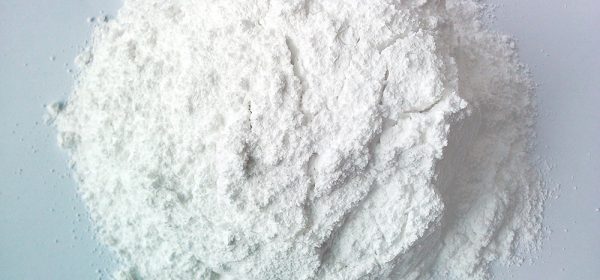
At present, the calcium carbonate products on the market are mainly heavy calcium carbonate, light calcium carbonate, activated calcium carbonate and nano calcium carbonate, among which heavy calcium carbonate and light calcium carbonate are the most widely used.
1. Production method
Heavy calcium carbonate is mainly a product that mechanically crushes natural calcium carbonate minerals, such as calcite, limestone, chalk, shells, etc., into appropriate particle sizes;
Light calcium carbonate is mainly a powder product obtained by calcining, digesting, carbonizing, dehydrating, drying, and grading limestone as raw materials.
2. Bulk density
In fact, the real density of heavy calcium carbonate and light calcium carbonate is not much different, which are 2.6-2.9g/cm3 and 2.4-2.6g/cm3 respectively. The main difference lies in the bulk density.
The bulk density of heavy calcium carbonate is relatively large, generally 0.8-1.3g/cm3;
The bulk density of light calcium carbonate is relatively small, generally 0.5-0.7g/cm3.
3. Price
The production of light calcium involves complex processes such as calcination and carbonization, so the price of the same particle size is usually about 30% higher than that of heavy calcium.
4. Particle morphology
Heavy calcium is mainly ground, so the particle morphology is mainly cube, polyhedron, cuboid, etc.;
Light calcium can be spindle-shaped, cubic, needle-shaped, chain-shaped, spherical, flake-shaped and rhombus-shaped through crystal form control agents.
5. Oil absorption value
Due to its large particles, smooth surface and small specific surface area, heavy calcium has a low oil absorption value, generally 40-60mL/100g;
Light calcium has fine particles, rough surface and large specific surface area, so its oil absorption value is high, generally 60-90mL/100g.
6. Whiteness
Due to the relatively high impurities, the whiteness of heavy calcium carbonate is generally 89% to 93%, and very few products can reach 95%;
The purity of light calcium carbonate products is relatively high, so the whiteness is generally 92% to 95%, and some products can reach 96% to 97%.
7. Specific surface area
The specific surface area of ordinary heavy calcium carbonate is generally about 1m2/g, and the specific surface area of heavy fine calcium carbonate is 1.45 to 2.1m2/g;
The specific surface area of ordinary light calcium carbonate is generally about 5m2/g, and the specific surface area of light fine calcium carbonate is 27 to 87m2/g.
8. Dry flow
From the perspective of fluidity, the microstructure of light calcium carbonate is spindle-shaped, and its oil absorption value is relatively large, so its dry flow is obviously not as good as that of heavy calcium carbonate. Generally, adding more than 25 parts in the formula will affect the fluidity of the mixture. In comparison, heavy calcium carbonate is in irregular granular form, which promotes the fluidity of the mixture. Under the condition that some physical properties of the product are relaxed, the amount of heavy calcium carbonate added can be significantly increased.
9. Moisture content
The moisture content of heavy calcium carbonate products is low and stable, generally 0.2%~0.3%;
The moisture content of light calcium carbonate is generally 0.3%~0.8%.
10. Application fields
Different application fields have different quality requirements for calcium carbonate, for example:
Sealants: The products filled with light calcium carbonate have good fluidity and high hardness, while heavy calcium carbonate has slightly lower hardness.
Papermaking: Light calcium carbonate has more advantages in improving the whiteness of paper, and thermal paper, high-end cigarette paper, lightweight paper, etc. prefer light calcium carbonate.
Plastics: For unidirectional stretch products such as polypropylene woven bags, woven cloth, and packaging tapes, the processing fluidity of heavy calcium carbonate is better than that of light calcium carbonate, and the price is much lower, so heavy calcium carbonate has an absolute advantage in such unidirectional stretch products.
Rubber: Light calcium carbonate has semi-reinforcement properties, and the physical and mechanical properties of the vulcanized rubber filled with it are slightly higher than those of heavy calcium carbonate.
